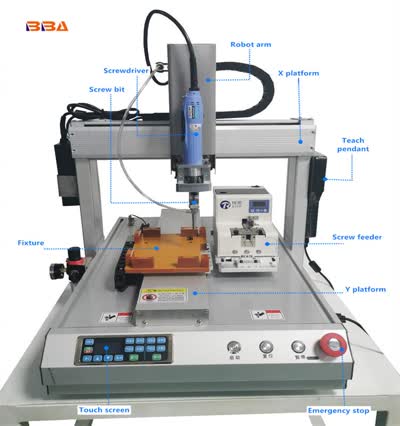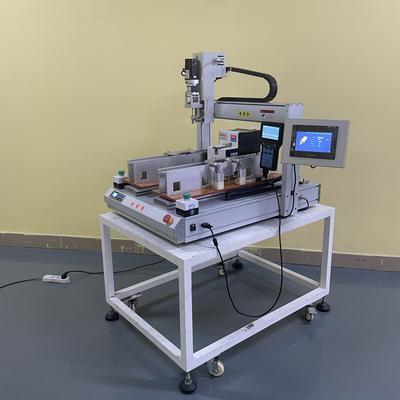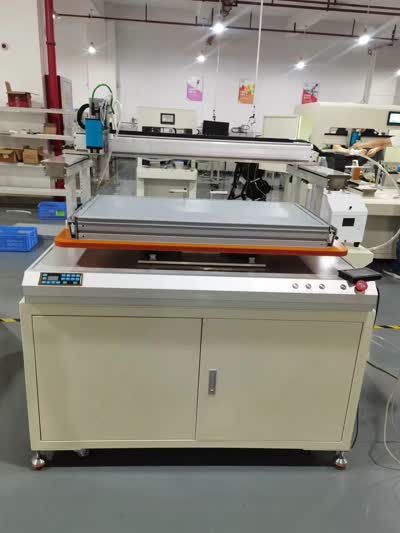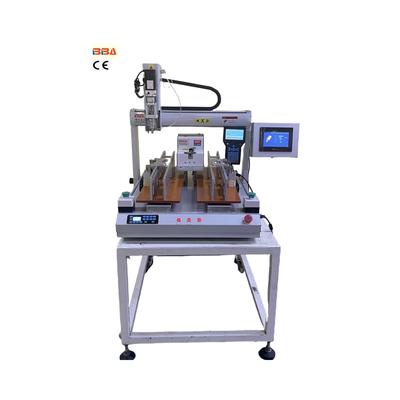Automated Screw Assembly Solutions: Key Technology to Enhance the Competitiveness of Asian Manufacturing
For decades, Asian manufacturers have been the backbone of global production, renowned for scale, cost efficiency, and skilled workforces. Yet, in today's hyper-competitive landscape, sustaining this position demands constant evolution – particularly on the assembly line. Manual screw fastening, a seemingly simple step, often becomes a critical bottleneck impacting quality, throughput, and cost. Innovative automatic screw assembly solutions are emerging as a powerful lever for manufacturers across Asia seeking to maintain and enhance their competitive edge.
Moving beyond traditional manual processes is becoming imperative. Manual screw driving is inherently prone to inconsistency – over-torque, under-torque, cross-threading, and missed screws are common culprits leading to product defects, rework, and warranty claims. It's also physically demanding work, contributing to operator fatigue and potential repetitive strain injuries, impacting both well-being and productivity over long shifts. Furthermore, reliance on manual labour for high-volume production makes scaling output challenging without a proportional increase in headcount and associated costs.
Modern Auto Screw Assembly systems directly address these challenges, offering tangible benefits specifically aligned with the needs of high-output Asian manufacturing facilities:
Unparalleled Consistency & Quality Control: Automatic systems precisely drive each screw to the exact programmed torque and angle. This eliminates human variability. Integrated error-proofing features guarantee every screw is perfectly fastened, drastically reducing defect rates and costly rework. Consistently high quality protects brand reputation and reduces downstream quality control burdens.
Significant Gains in Productivity & Output: Automation dramatically outperforms manual speed. Screws are presented instantly, driven accurately, and verified automatically in a fraction of the time a human operator takes. This drastically boosts the number of units assembled per shift. Workers previously tied to screw driving can be redeployed to higher-value, more complex assembly tasks or quality inspection, optimizing overall labor utilization.
Enhanced Production Flexibility: Advanced automated screwdrivers can be quickly programmed for different torque settings and sequences to accommodate diverse product variants. Robotic integration further extends flexibility for applications requiring complex paths or multiple fastening points. This adaptability is crucial for manufacturers handling high-mix, low-to-medium volume production runs common in increasingly customized markets.
Tangible Reduction in Operational Costs: While requiring upfront investment, automated solutions deliver a clear ROI. Reduced labor costs per unit assembled, significant decreases in scrap and rework costs due to improved quality, minimized downtime associated with operator fatigue or error, and lower costs related to workplace injuries all contribute to a healthier bottom line. The systems are also highly efficient, minimizing compressed air waste common in older pneumatic tools.
Examples across Asia highlight the impact. A major global electronics contract manufacturer deployed auto-feed screwdrivers across multiple smartphone assembly lines, achieving a 40% reduction in cycle time per unit and near-zero screw-related defects. A prominent automotive components supplier eliminated ergonomic risks and reduced labour requirements on their starter motor line by over 60%.
Implementing auto screw assembly isn't just about replacing a manual task; it's a strategic upgrade. Solutions range from compact, portable table-top units ideal for smaller workstations to sophisticated robotic cells for fully integrated high-speed assembly. The key is matching the technology to the specific production environment – considering throughput needs, product variability, complexity, and existing processes.
For Asian manufacturers navigating pressures of cost control, quality demands, and labour dynamics, automated screw assembly represents a concrete path forward. By embracing this technology, businesses unlock significant improvements in quality assurance, production throughput, operational flexibility, and overall cost efficiency. This enables Asian manufacturing giants, and medium-sized suppliers alike, to solidify their global position and continue driving industrial innovation.
| Product Name | Applicable industries |
| Servo Screwdriver Robot | Power Tool Assembly Lines |



